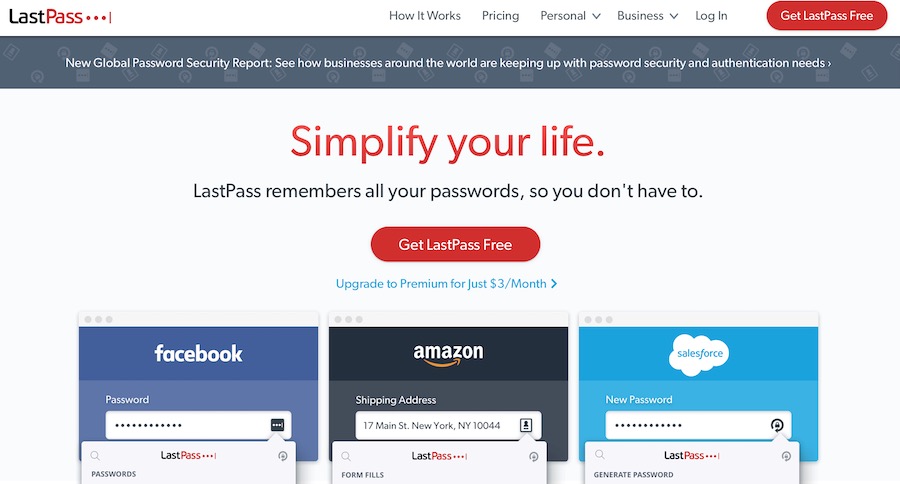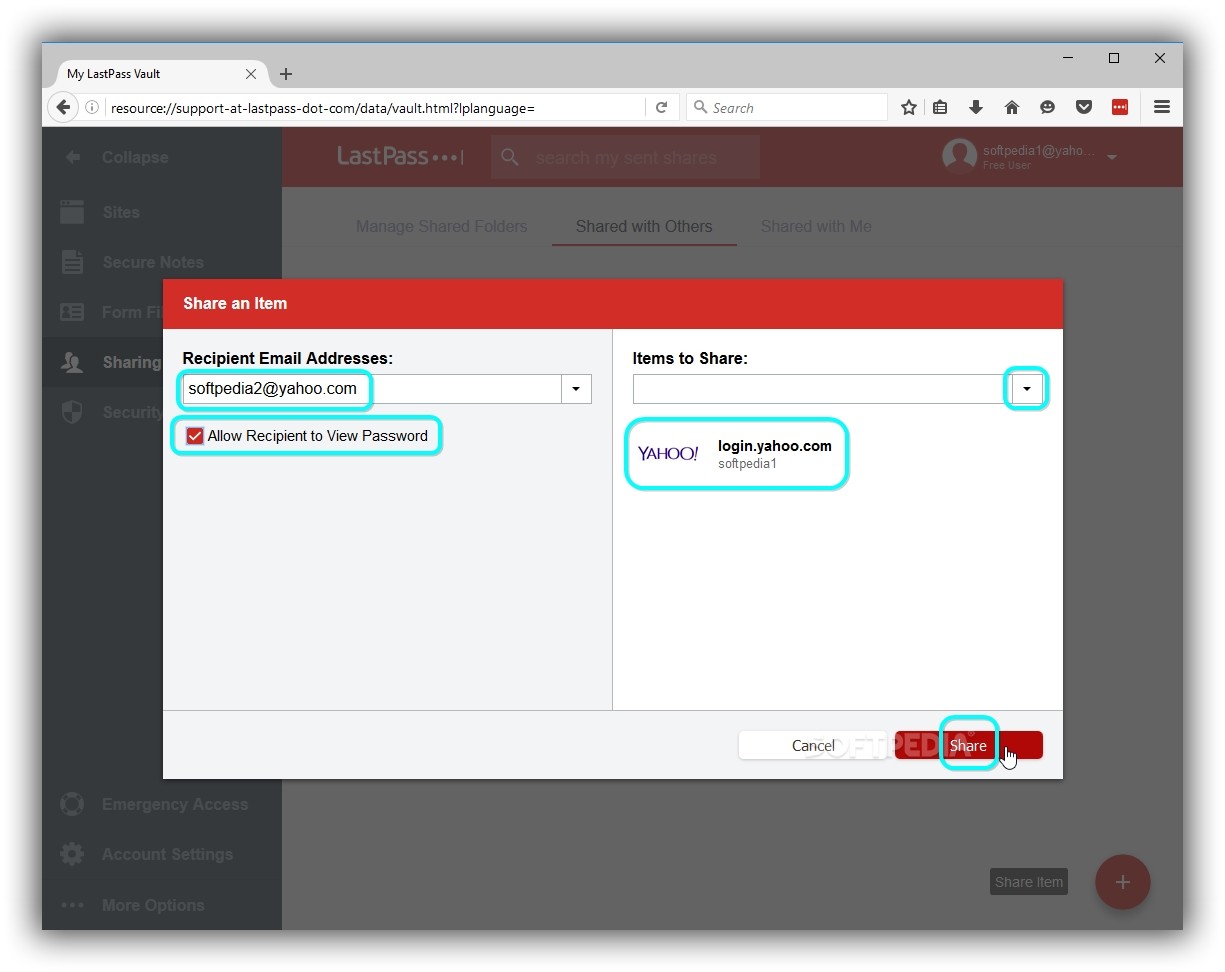

(You can even choose the shared or individual folder you want to use via the pop-up.)Īnd editing the details of your login credentials is just as easy. What’s awesome about the vault is that you really don’t need to go in there often! LastPass prompts you with a pop-up to save passwords whenever it detects that you’ve created a new set of login credentials or changed a password for an existing saved site. If, for some reason, your login info doesn’t autofill, you can click the Chrome extension, select the saved set of credentials you want to use, and then choose autofill from there. If you have more than one set of credentials for that site, a button will appear in the login field for you to select which set of credentials to use.

Head over to the site, and you’ll find that LastPass auto-fills your login credentials for you. Once you plug your master password into LastPass, you’re ready to add, edit, delete, and access every password you save in your vault.Īfter you’ve saved login credentials for a website or app to LastPass, logging in to that site is simple. In fact, that password is the only one you need to remember!Īccess your vault by logging into the LastPass website, clicking on the Chrome extension, or tapping the mobile app. With LastPass, you access your password with a “master password” - an unguessable password that’s easy for you to recall. A good password manager like LastPass lets you access your information safely from anywhere and from any number of devices using Windows, macOS, Android, or iOS. What is a password manager?Ī password manager is an online vault that stores your passwords and sensitive information securely. Here’s why I’m obsessed with LastPass, an awesome password manager. I latched on to one out of necessity, but I will seriously never go back. But how on earth would I keep track of them? So my logins at a bunch of sites were suddenly potentially vulnerable. I knew I needed to beef up my passwords and have different passwords for every site I visited. uuuuuntil the day that there’s a security breach. the list goes on!Īnd you might think you’ve got it under control by using variations of a few passwords across all these sites.

Think about it: You have logins for your E-mail accounts, bank accounts, credit cards, investment accounts, your streaming video accounts, online retailers, travel sites, social media sites, utility providers. Until relatively recently, I didn’t realize just how many login credentials I own - more than 100! Note: This post contains affiliate links.


 0 kommentar(er)
0 kommentar(er)
